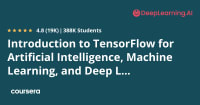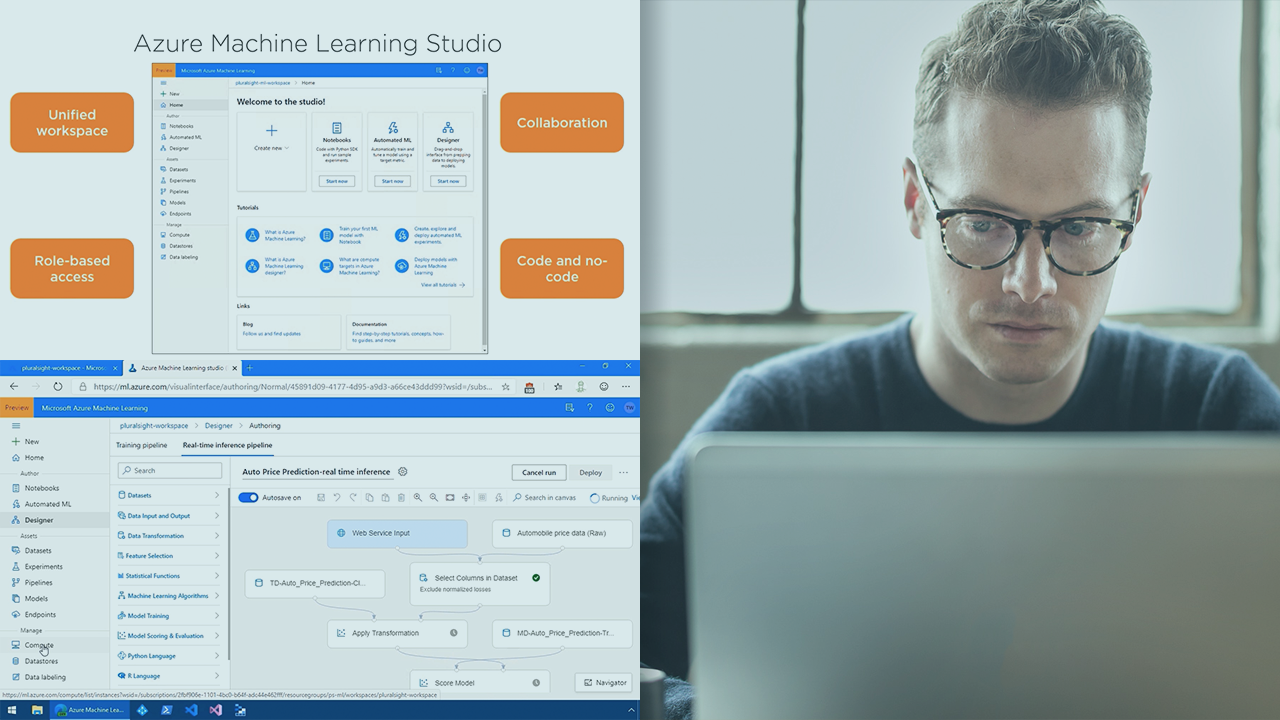Description
In this course, you will learn :
- How to train predictive models to classify categorical outcomes and how to compare different models using error metrics.
- This course's hands-on section focuses on using best practises for classification, such as train and test splits and handling data sets with unbalanced classes.
- Differentiate between classification and classification ensembles' uses and applications.
- Explain and apply logistic regression models.
- Explain and apply decision tree and tree-ensemble models.
- Describe and apply other ensemble classification methods.
- Compare and select the classification model that best fits your data using a variety of error metrics.
- To handle unbalanced classes in a data set, use oversampling and undersampling techniques.
Syllabus :
1. Logistic Regression
- Introduction: What is Classification?
- Introduction to Logistic Regression
- Classification with Logistic Regression
- Logistic Regression with Multi-Classes
- Implementing Logistic Regression Models
- Confusion Matrix, Accuracy, Specificity, Precision, and Recall
- Classification Error Metrics: ROC and Precision-Recall Curves
- Implementing the Calculation of ROC and Precision-Recall Curves
2. K Nearest Neighbors
- K Nearest Neighbors for Classification
- K Nearest Neighbors Decision Boundary
- K Nearest Neighbors Distance Measurement
- K Nearest Neighbors Pros and Cons
- K Nearest Neighbors with Feature Scaling
3. Support Vector Machines
- Introduction to Support Vector Machines
- Classification with Support Vector Machines
- The Support Vector Machines Cost Function
- Regularization in Support Vector Machines
- Introduction to Support Vector Machines Gaussian Kernels
- Support Vector Machines Gaussian Kernels
- Support Vector Machines Workflow
- Implementing Support Vector Machines Kernal Models
- Support Vector Machines Notebook
4. Decision Trees
- Introduction to Decision Trees
- Building a Decision Tree
- Entropy-based Splitting
- Other Decision Tree Splitting Criteria
- Pros and Cons of Decision Trees
5. Ensemble Models
- Ensemble Based Methods and Bagging
- Random Forest
- Review of Bagging
- Overview of Boosting
- Adaboost and Gradient Boosting Overview
- Adaboost and Gradient Boosting Syntax
- Stacking
6. Modeling Unbalanced Classes
- Model Interpretability
- Examples of Self-Interpretable and Non-Self-Interpretable Models
- Model-Agnostic Explanations
- Surrogate Models
- Introduction to Unbalanced Classes
- Upsampling and Downsampling
- Modeling Approaches: Weighting and Stratified Sampling
- Modeling Approaches: Random and Synthetic Oversampling
- Modeling Approaches: Nearing Neighbor Methods
- Modeling Approaches: Blagging








